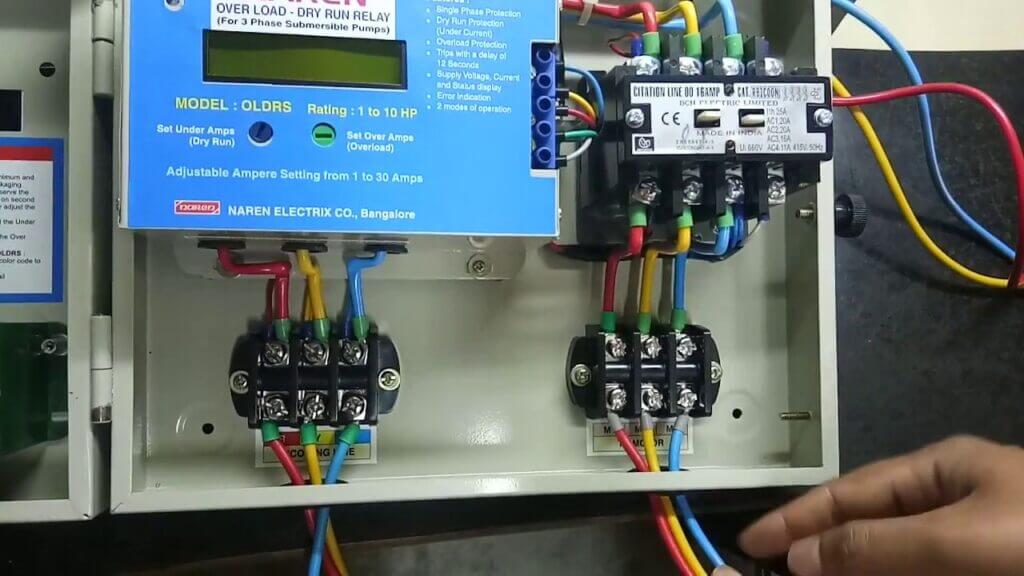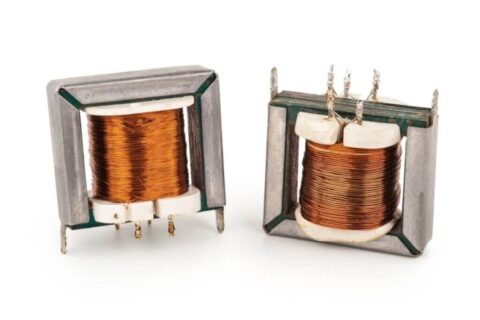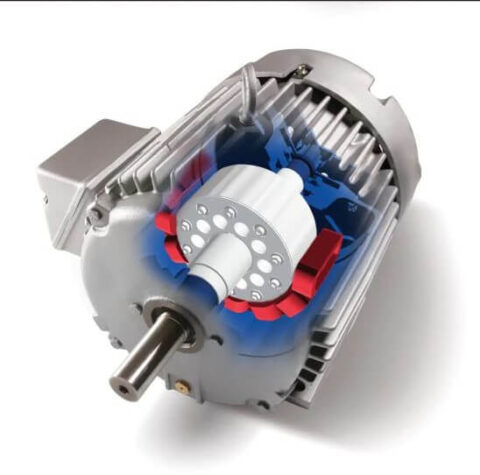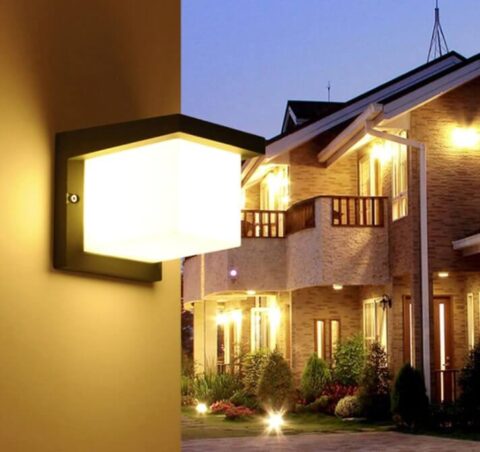An auto star delta and forward reverse control circuit is a type of electrical circuit used to control the starting, stopping, and direction of three-phase motors. This circuit is designed to automatically switch the motor’s connection from a “delta” configuration to a “star” configuration during the starting and stopping process, which allows the motor to start and stop smoothly without any sudden surges in current. The circuit also includes controls for changing the direction of the motor, allowing it to run in either a forward or reverse direction. In this guide, we will delve into the details of how an auto star delta and forward reverse control circuit works, including the components that make up the circuit and the sequence of events that occurs during the starting, stopping, and direction-changing process. By the end of this post, you will have a thorough understanding of how an auto star delta and forward reverse control circuit operates.
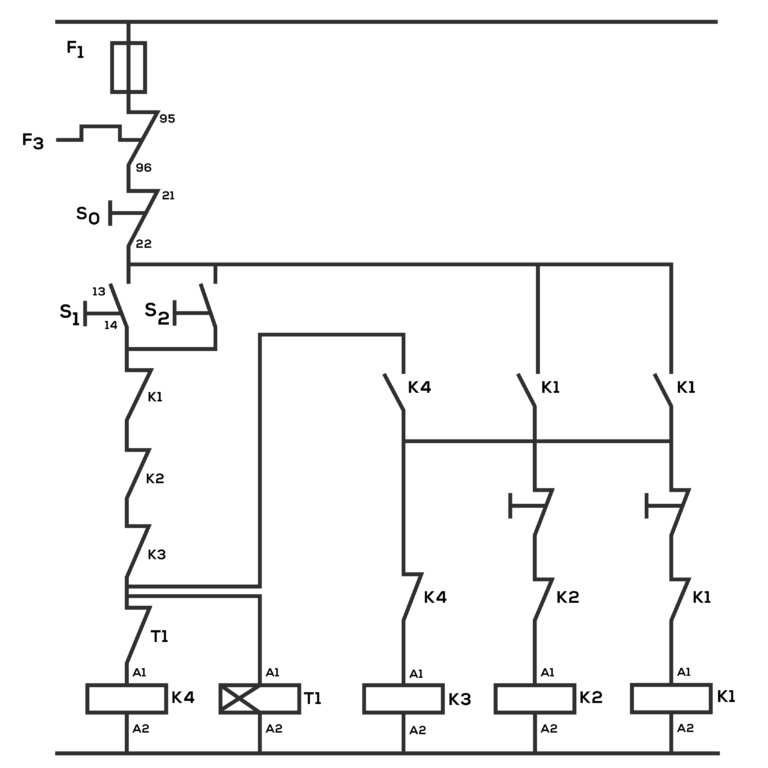
Layout diagram
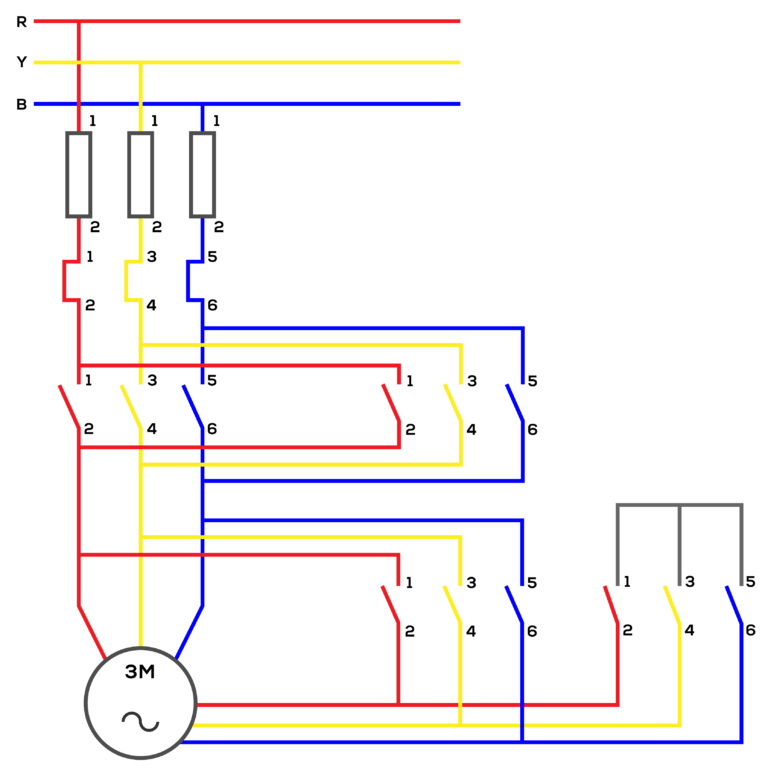
Wiring Diagram
- Contactor Switch-04
- Push Button (NC, NO) -03
- Overload -01
- Timer-01
Procedure: First, draw the control circuit. Then draw the power circuit accordingly. Then set all the items on the power circuit. Check the circuit with a multi-meter and give a power supply of 230V. Then, set the motor to the third power circuit and set all its items. Then connect it to the main power supply.
Activity: When S1 activates, K4 and K1 contactors and the timer start and switch on the motor in the star mode. When S2 activates, the motor goes reverse in the star mode. When the timer goes off, K4 contactor stops and the motor activates in the delta mode.
Conclusion: Circuit activated correctly.


